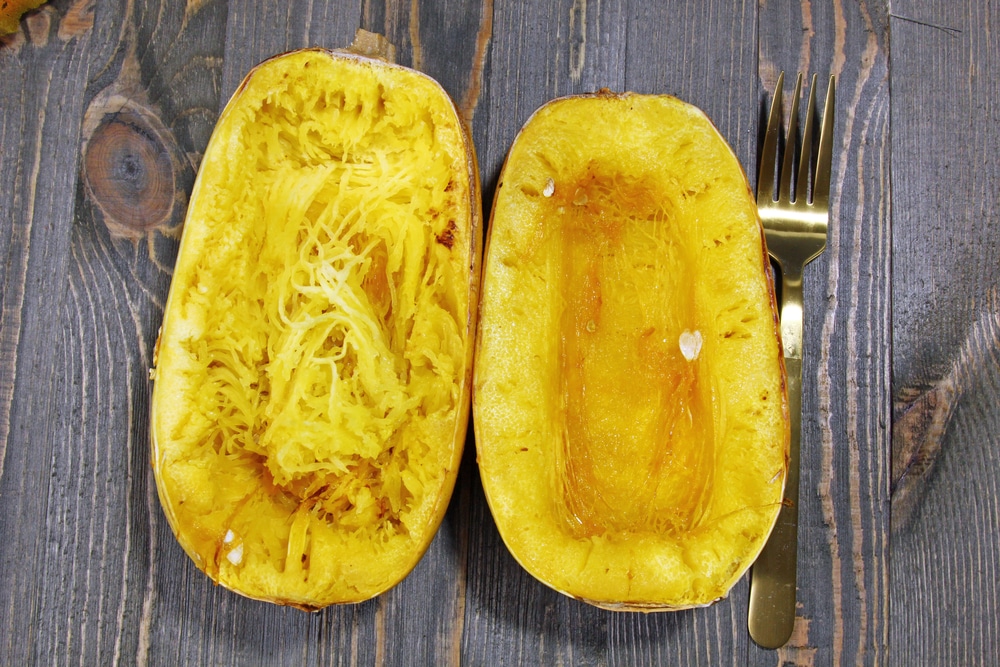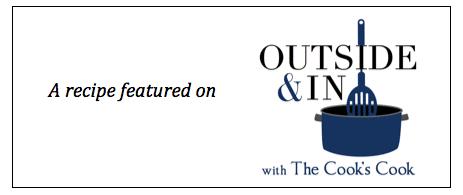Spaghetti squash is a marvel of the vegetable world. Round or oblong, solid and heavy, it looks like most squash when it’s cut in half. But after it’s roasted, scrape a fork lightly across the interior and the pulp magically pulls out in long, delicious spaghetti-like strands. It shares another quality with pasta in having a neutral flavor that pairs well with a wide variety of sauces.
Prepare half a small to medium squash per person if serving as a side dish. If serving as a main course, you may wish to have one squash per person.
Ingredients
- •2 small to medium (.9-1.3 kg/2-3 pounds) whole spaghetti squash
- •30 ml (2 tablespoons) light oil such as sunflower oil, peanut oil, or light olive oil
- •Salt and freshly ground black pepper, optional


Preparation
- Preheat oven to 175°C/350°F. Using a sturdy sharp knife, such as a large chef’s knife, carefully cut each squash in half lengthwise.
Using a large spoon, scrape the seeds and pulp out of the center of each half. Stop scraping once the seeds are removed and the spoon hits the smooth solid interior beneath. (Set the seeds aside to plant, or to rinse off pulp and roast as a snack, or to feed to chickens or other birds.)
Using a soft brush or your hands, rub the cut surfaces of the squash with oil. If you wish, season to taste with salt and pepper. Place the squash, cut sides up, on a baking sheet. Roast until a fork can be easily inserted all the way through to the skin, about 30 minutes.
Holding a half of a squash with a kitchen towel, use a fork to scrape the interior into a bowl, removing as much of the flesh as possible. Repeat with remaining squash. Serve hot, with the topping or sauce of your choice.
Excellent toppings are garlicky toasted breadcrumbs, pine nuts and grated cheese, minced fresh herbs, roasted vegetables, and homemade tomato sauce.


